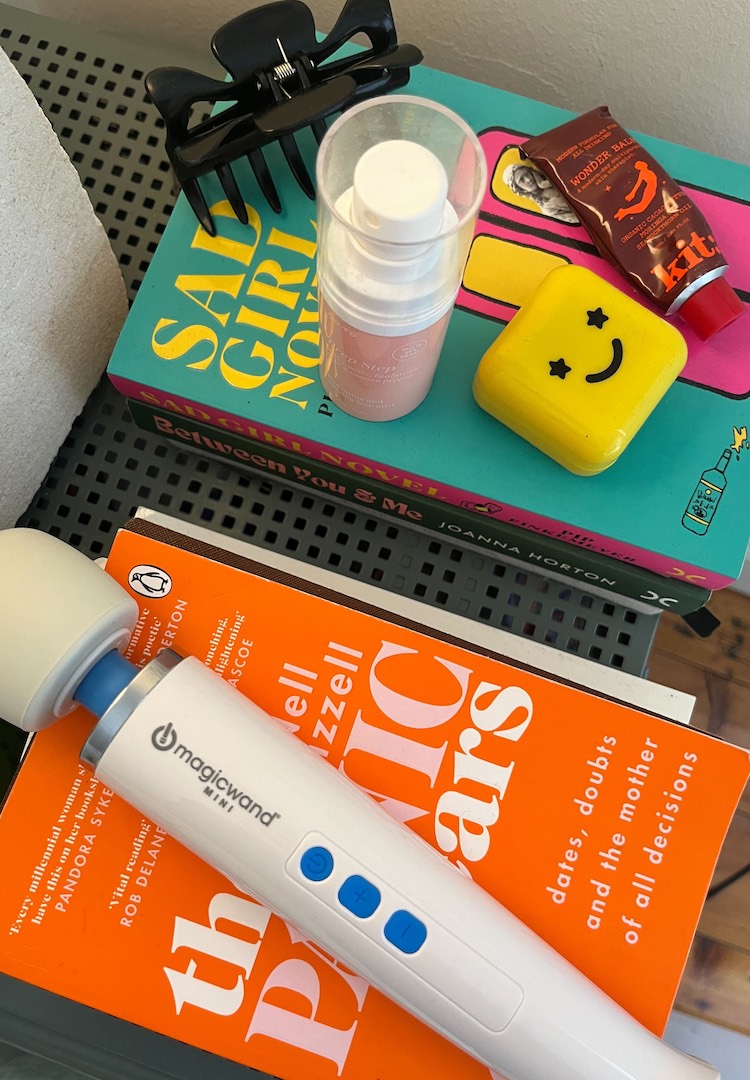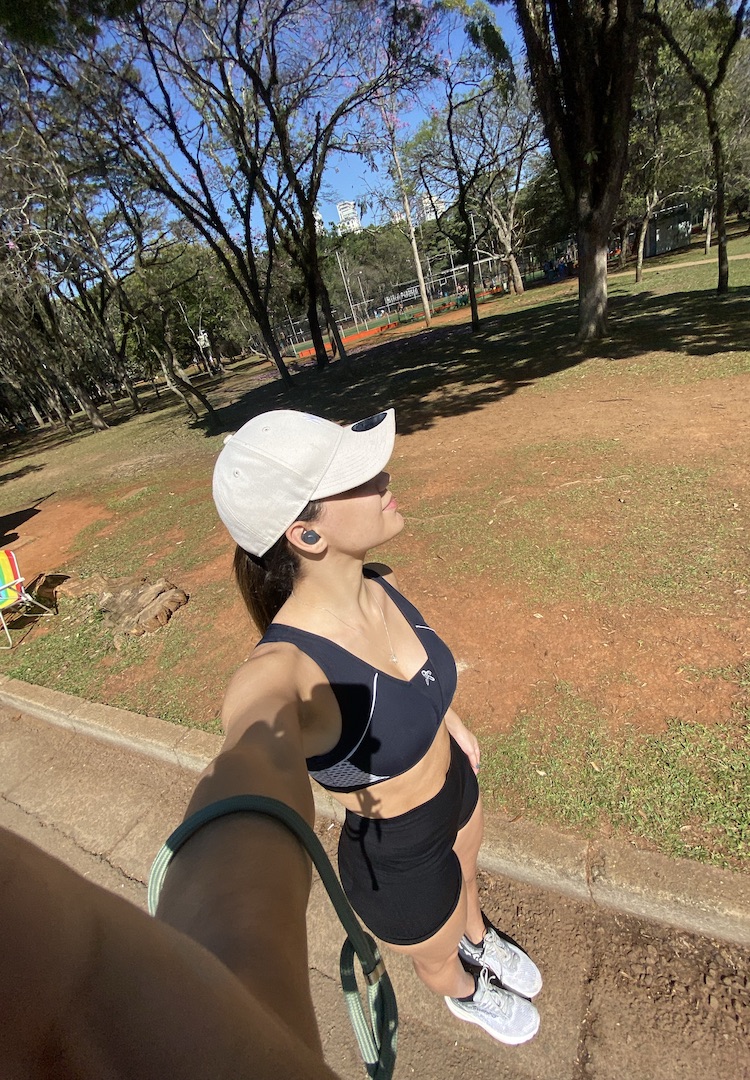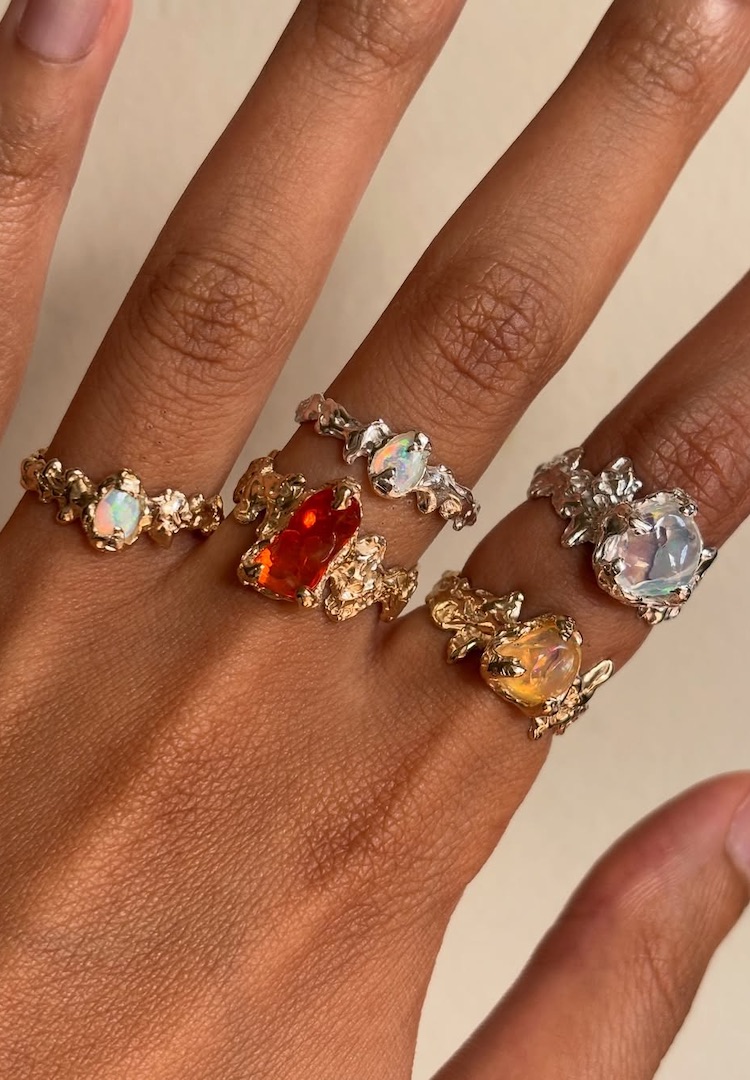How to handle a breakup with an emotionally avoidant partner
WORDS BY GENEVIEVE PHELAN
Everybody hurts differently.
In 2023, there are a lot of discussions about attachment theory on Instagram, TikTok and editorial platforms (Fashion Journal included). I’ve even noticed my girlfriends and I draw on these concepts in our conversations on love, be it platonic or romantic. We’ve sat around the table, two out of three of us going through a breakup, answering personal question prompts on our phones to pinpoint our individual attachment styles.
But I was yet to consider how the attachment styles of two intertwined lovers should play out in the instance of a relationship breakdown. Being an overly-communicative, deeply emotional and anxiously attached individual can make the beginning stages of a relationship with an avoidant personality somewhat difficult. When it comes to its demise, the stakes are likely much higher.
Looking for more thought-provoking lifestyle content? Head to our Life section.
But when you’re in the trenches, navigating the end of what was meant to be your future, even the notion of attachment theory or any logical thoughts can feel irrelevant. It’s only when you take a step back and analyse the situation that you may notice how drastically differently your ex is handling the heartbreak in comparison to you.
Perhaps, if you were broken up with by someone with quintessentially avoidant traits, you might be feeling blindsided. Who are they now, suddenly? Why are they unrecognisable? Why can’t they articulate their emotions to me? How did you go from loving them yesterday to becoming a veritable stranger today?
Luckily, I had the opportunity to consult an expert. Meet Amber Rules, Psychotherapist, Clinical Counsellor and Director of Rough Patch Affordable Counselling, who’s lending her extensive knowledge to provide some insight on what it means to go through this heartbreaking experience.
Hi Amber. So what characterises an emotionally avoidant partner?
Broadly speaking, we all have an attachment style. These styles were observed and attachment theory was developed by Psychoanalyst John Bowlby in the ’50s and later further researched by Developmental Psychologist Mary Ainsworth in the ’60s and ’70s, as well as expanded by other significant researchers since. The attachment styles are anxious-preoccupied, dismissive-avoidant, fearful-avoidant and secure.
We all operate from our adult attachment styles, whether we’re aware of it or not. Those of us with avoidant attachment styles can appear detached or invulnerable and have a high level of need for independence. They may also appear indifferent or seem as if they minimise the importance of emotional attachments.
What tends to happen when an emotionally avoidant person ends a relationship? How do they stereotypically go about it?
There’s not a stereotypical way, but someone with an avoidant attachment style may appear less impacted or as if they don’t care about the separation. They may not express as much emotion or have as much desire to discuss the separation, avoid arguing and may under-communicate their reasons for the breakup.
When someone is blindsided by a breakup from an emotionally avoidant partner, what kind of feelings will they likely be navigating?
When our attachment style is different to our partner’s, it can be so hard to understand their approach or logic. If your partner is avoidant, you may struggle with understanding why they’ve made the decision to end the relationship and desire more communication than they are able or willing to engage in. It can feel rejecting, dismissive or as if the relationship meant less to them than it did to you.
How can one handle the shock of instant detachment in this process? When someone shows little to no emotion, how can the person who’s been broken up with cope?
Outside of clearly asking them for discussion and communication, the person being broken up with may need to accept that their partner is unable or unwilling to meet their needs and seek support elsewhere, either with friends, family or a therapist. You can’t force someone to feel or express emotion, but this can be a deeply painful experience when you weren’t expecting it.
How can someone articulate their feelings to an emotionally avoidant person, when they feel as if that person has gone into an ’emotional shutdown’?
Keep the conversation short – no longer than 10 minutes at a time, because our brains find it really hard to take in much when we’re distressed. You might find writing an email or text is a less intense way of communicating, but again, keeping it concise and brief is important.
What are some ways to move beyond this kind of behaviour and ensure a future partner is emotionally capable/intelligent?
Understanding our own attachment styles and emotional needs can help us discern what we might need from future relationships. We are often drawn to people who mirror unresolved or painful experiences from our childhoods or past relationships, so understanding ourselves and our relating patterns is a great way of avoiding new relationships which recreate the same difficulties.













